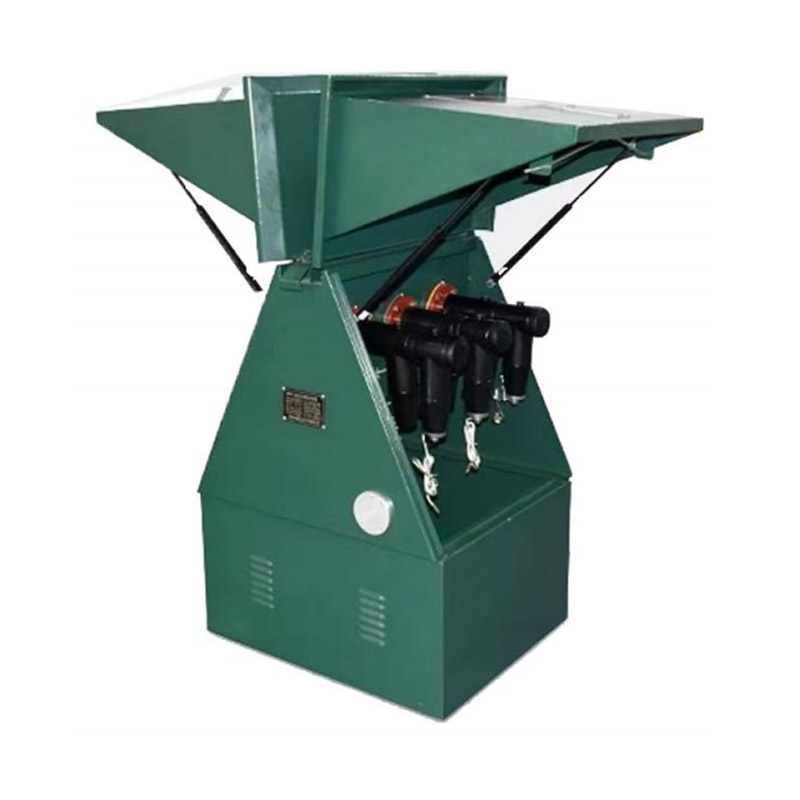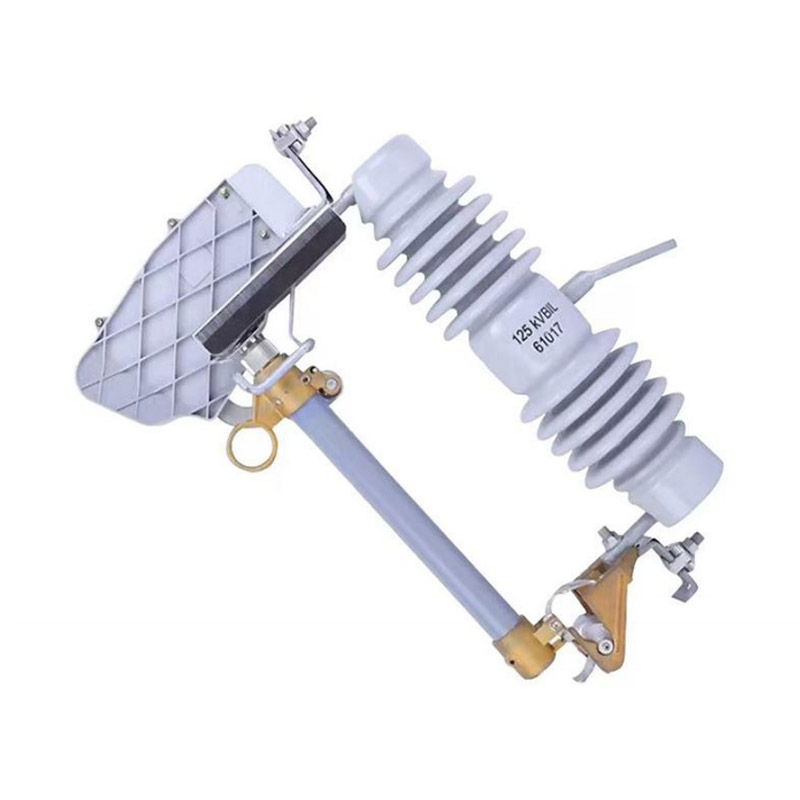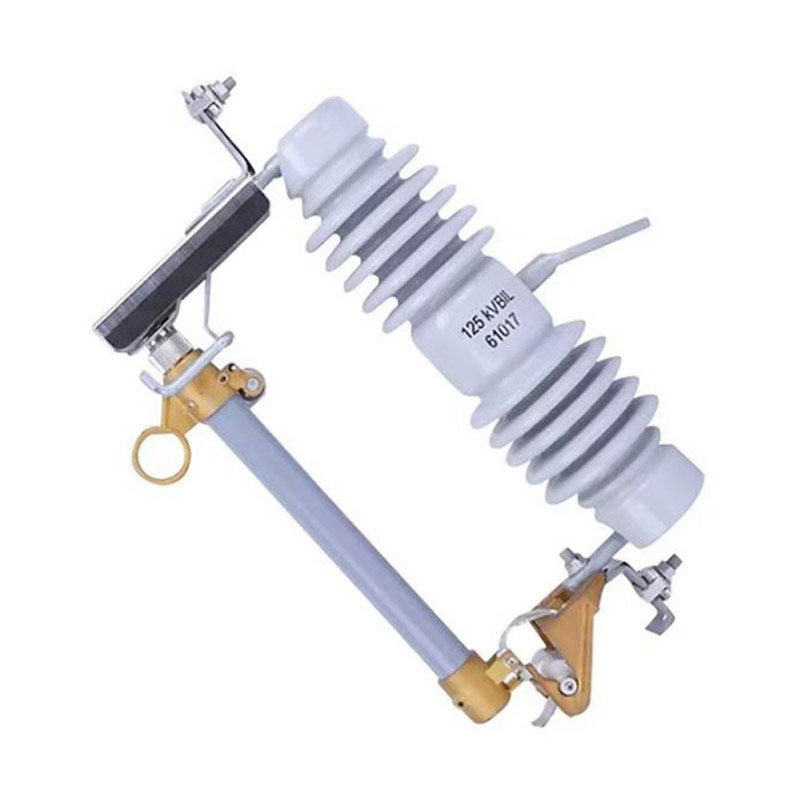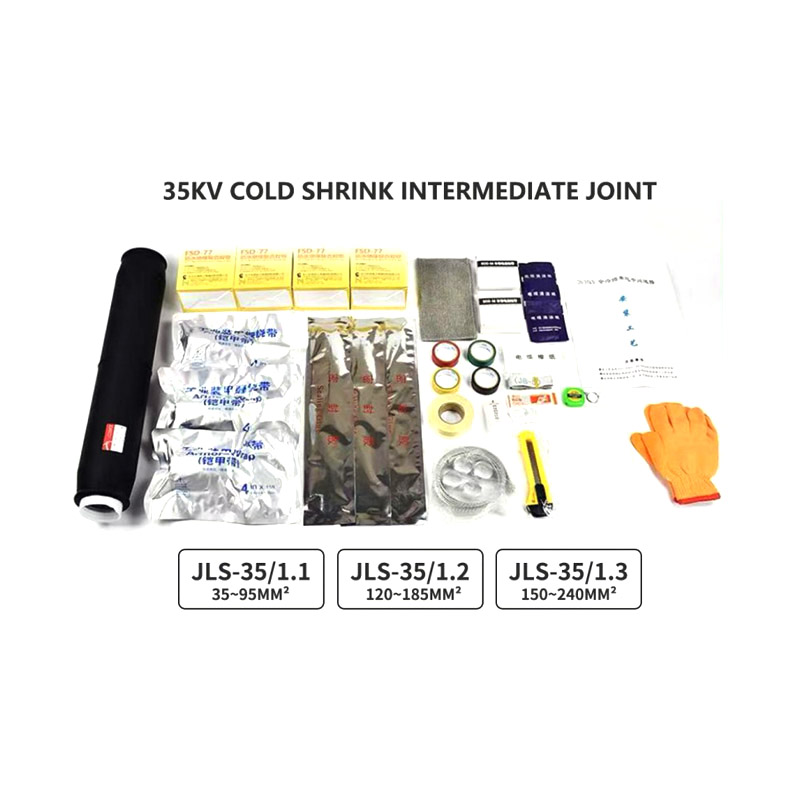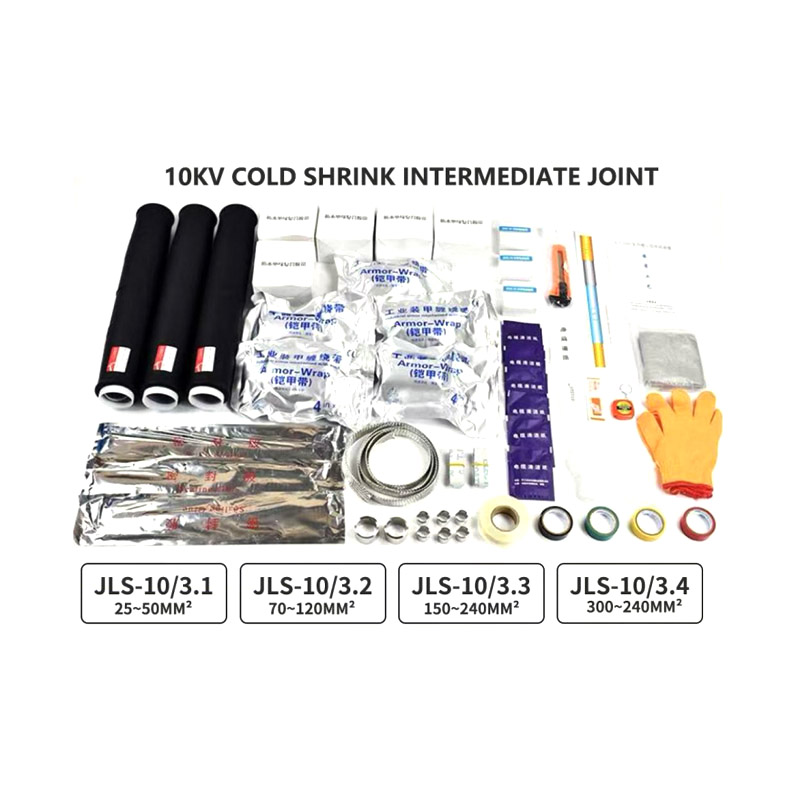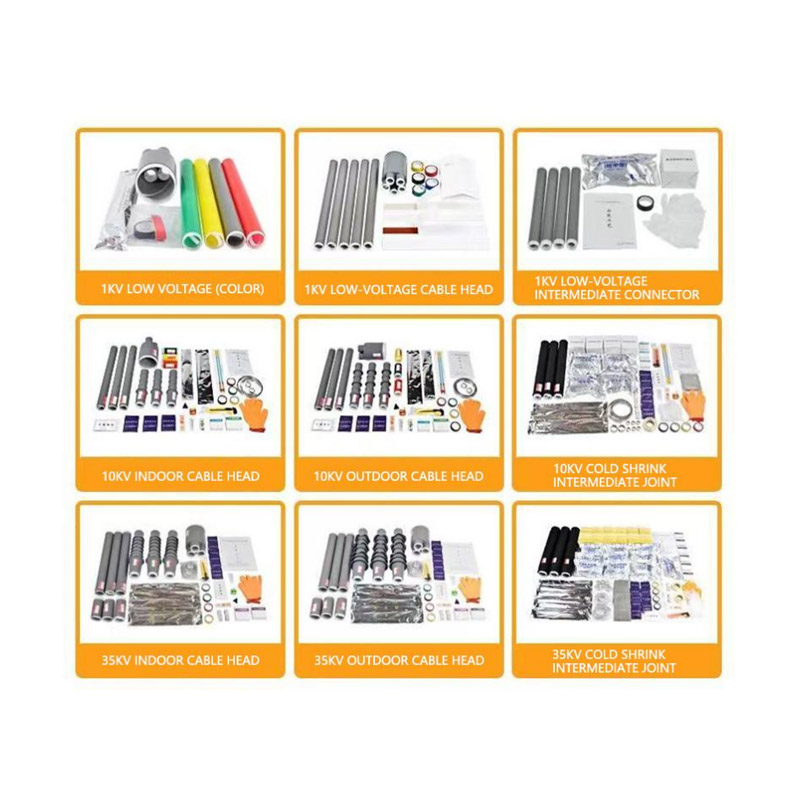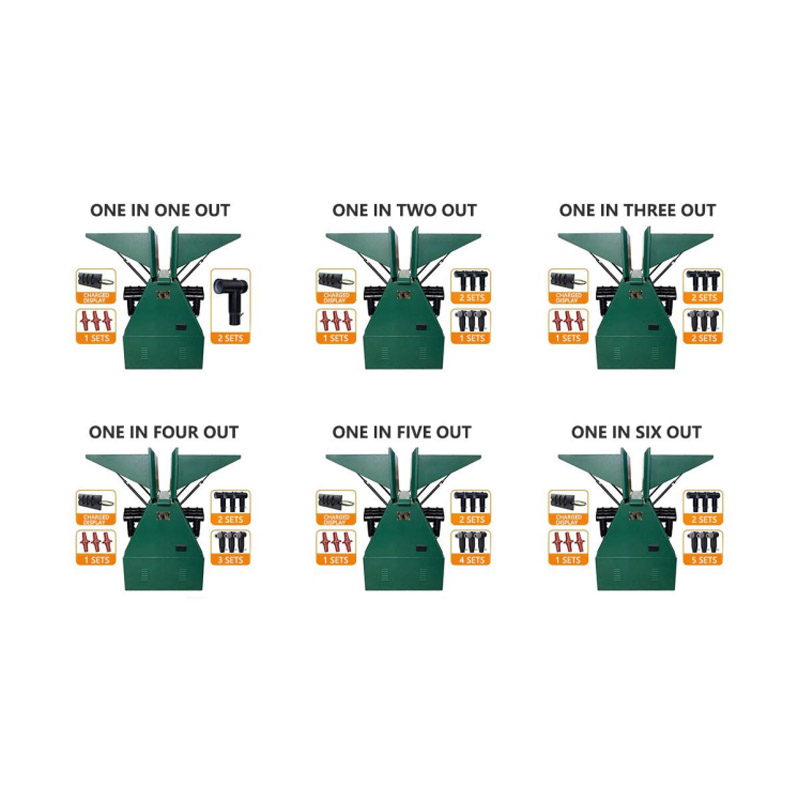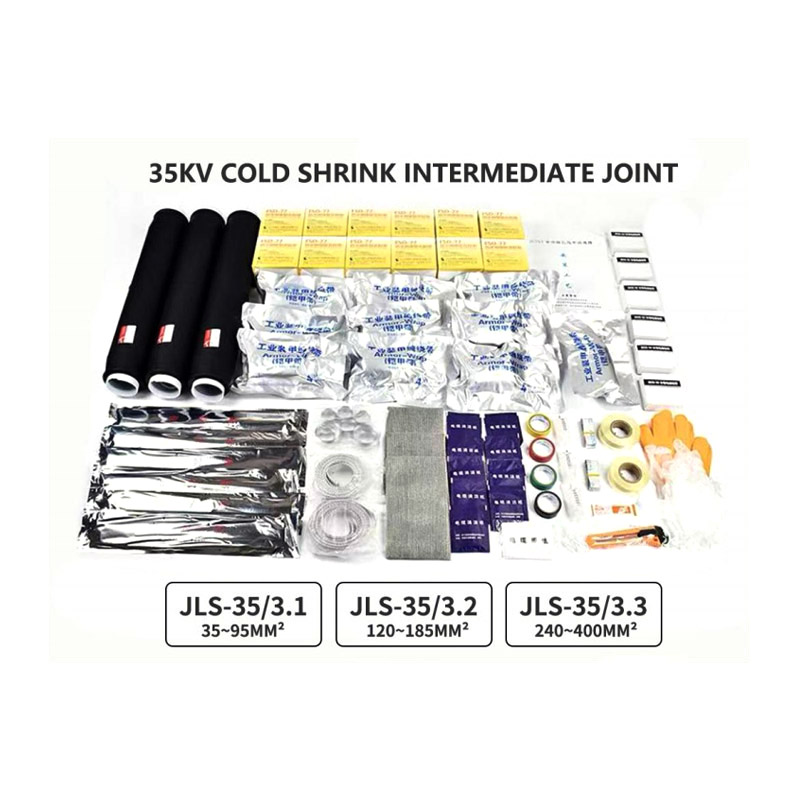In modern electrical installations, efficient and organized wiring is crucial for both performance and safety. One of the widely used solutions to achieve this is the DIN Rail Terminal Block, an essential component in industrial and commercial electrical systems. DIN Rail terminal blocks provide secure, reliable, and easy-to-manage connections for electrical wiring, making them an indispensable part of control panels, distribution boards, and automation systems.
A DIN Rail Terminal Block is a type of electrical connector that attaches to a standard DIN rail, a metal rail used to mount electrical components in a control panel or enclosure. The terminal block provides a secure connection point for electrical wires, allowing for safe and efficient wiring in complex electrical systems. The DIN rail system standardizes the mounting of electrical components, enabling quick and organized installations.
DIN Rail terminal blocks are available in a variety of designs and configurations, offering flexible solutions for both simple and complex electrical systems. These blocks typically come with a spring or screw-type mechanism to securely fasten wires, ensuring a stable electrical connection while minimizing the risk of accidental disconnections or loose connections.
Standardized Mounting: The distinguishing feature of DIN Rail terminal blocks is their compatibility with DIN rails (typically types TS35 or TS32). This standardization simplifies installation, making it easier to mount and replace components. It also ensures that multiple components can be easily integrated into a unified system.
Variety of Configurations: DIN Rail terminal blocks are available in various types, including:
Single-Pole and Multi-Pole: For connecting individual circuits or multiple circuits at once.
Feed-Through: Allowing the electrical connection to pass through.
Grounding: Designed to connect earth or ground wires.
Disconnect: Enabling the isolation of a particular circuit for maintenance or safety.
Busbar: Allowing multiple connections to be made at a single point.
Ease of Installation: The DIN rail mounting mechanism allows for quick installation and easy access to components. The terminal blocks snap securely onto the rail without requiring additional fasteners, making them easy to replace or modify as needed.
Compact Design: DIN Rail terminal blocks are typically designed to be compact and space-efficient, allowing them to fit neatly into control panels and enclosures. This is especially important in environments with limited space, where efficient use of available room is essential.
Reliable and Safe Connections: The design of DIN Rail terminal blocks ensures that wires are securely held in place. These blocks are built to withstand high currents and provide electrical conductivity, reducing the risk of overheating or electrical faults.
Durability: Made from high-quality materials, DIN Rail terminal blocks are designed to be long-lasting and resistant to wear and tear. They are often constructed from materials such as polyamide (PA) or polycarbonate (PC), which offer resistance to high temperatures, mechanical stress, and harsh environmental conditions.
Color-Coded for Identification: Many DIN Rail terminal blocks come with color-coding to simplify wiring and identification. This is particularly helpful in systems with multiple circuits or for troubleshooting purposes.
Applications of DIN Rail Terminal Blocks
DIN Rail terminal blocks are widely used across various industries where reliable and organized electrical wiring is critical. Some of the common applications include:
Industrial Automation: In factories and production lines, DIN Rail terminal blocks provide secure connections for sensors, actuators, and control systems. These systems often involve large numbers of connections that must be neatly organized and easily accessible, making DIN Rail terminal blocks ideal for the task.
Control Panels: DIN Rail terminal blocks are often used in control panels for machines and electrical distribution systems. They allow for the clear organization of wiring and enable easy modification or maintenance of the electrical setup.
Power Distribution: In electrical substations and distribution boards, DIN Rail terminal blocks provide a reliable connection point for power cables. These blocks ensure that high-voltage circuits are securely connected and that any changes to the power distribution system can be easily implemented.
Building Automation: In commercial buildings, DIN Rail terminal blocks are used to manage the wiring for systems such as lighting, HVAC, fire alarm systems, and security. Their modular nature makes it easy to add or modify wiring as building requirements change.
Renewable Energy Systems: DIN Rail terminal blocks are essential in renewable energy applications like solar and wind power systems, where they are used to connect power from photovoltaic panels or wind turbines to inverters and other distribution systems.
Telecommunications: In telecom infrastructure, DIN Rail terminal blocks provide the necessary connections for communication equipment, ensuring reliable signal transmission and power supply to devices such as switches, routers, and servers.



 English
English Español
Español عربى
عربى